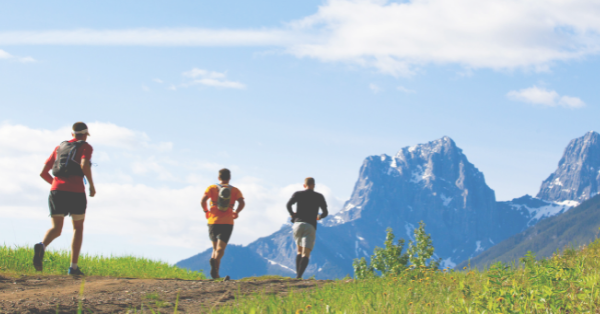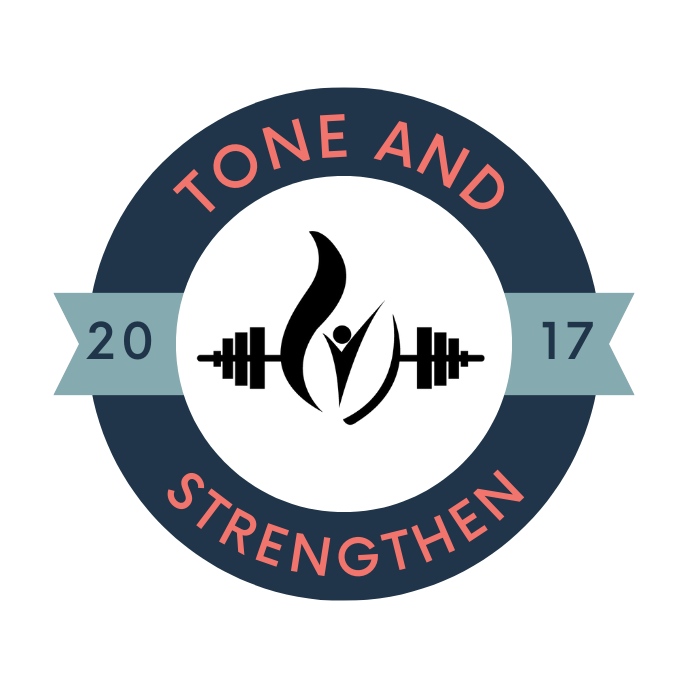
Trail Running
Trails are quiet and serene. If you ask a trail lover like me, trails are a slice of heaven with unspoiled habitat. I love the soft terrain, natural beauty, and stunning views. I have learned that switching to trails from road running isn’t as simple as I thought it would be. In this training cycle, I’ve noticed that trail running is hard on my body, especially my burning quads don’t like the idea of trails.
Trail running is more technical than road running. It would help if you had different gear and metrics to measure your performance on trails. It involves more stress on your body and mind because you always pay attention to the terrain with all the twigs and turns.
Some of the tips for transitioning to trail running are:
Go Easy with Mileage – We all want to get the same mileage as the road on the trails. I am learning that’s the mistake I’ve been making. Build the mileage slowly on trails to avoid injuries. Running on the trails requires more effort and energy.
Change Your Shoes – Road running shoes are lightweight and keep you fast on paved surfaces. On trails, you’ll need stability, traction, and durability to protect you from uneven surfaces. Visit your running shoe store to get fitted for a good trail running pair. You can check out some trail running shoe recommendations here.
Go Hybrid – You don’t have to ditch road running altogether. A hybrid approach where you alternate trail running days with road running can be great for your body. The softer trails will give your joints the cushioning they need. You will be able to work different muscle groups on the trails and paved roads, leading to a better running economy on the road.
Strength Train – While strength training is essential for all runners, it’s crucial for trail runners. Try glute activation exercises with bands and plyometric exercises to build glute strength. Strengthening the lumbopelvic hip complex, especially the lower back, with exercises such as dead bugs and planks will pay you a high dividend in the form of better performance. Add agility drills for better reaction time.
Performance Metrics – Trail running calls for different metrics. Your pace will be much slower than your road runs, and it won’t be as steady either. Monitoring power and heart rate will give you a better measure of the running workload on trails.
You might be surprised that trail running doesn’t feel as natural as road running initially. Don’t be discouraged; your muscles will get stronger, making your trail runs much more pleasant with a little bit of practice and time.

This Post Has 0 Comments